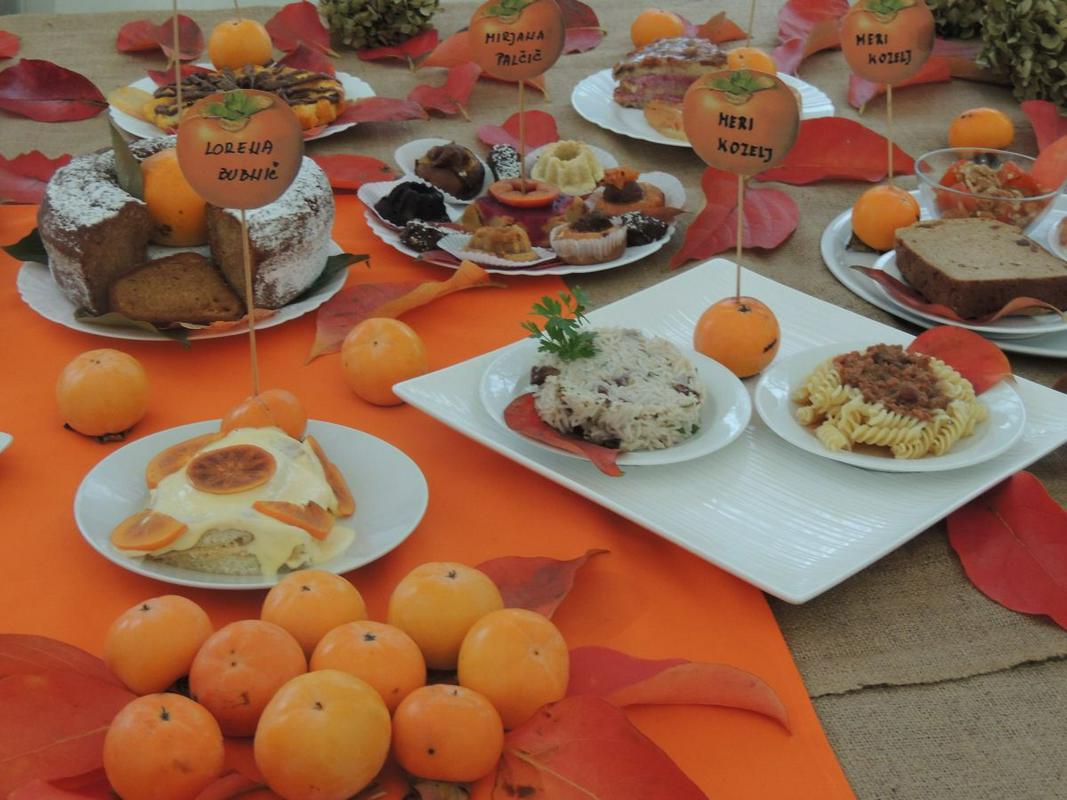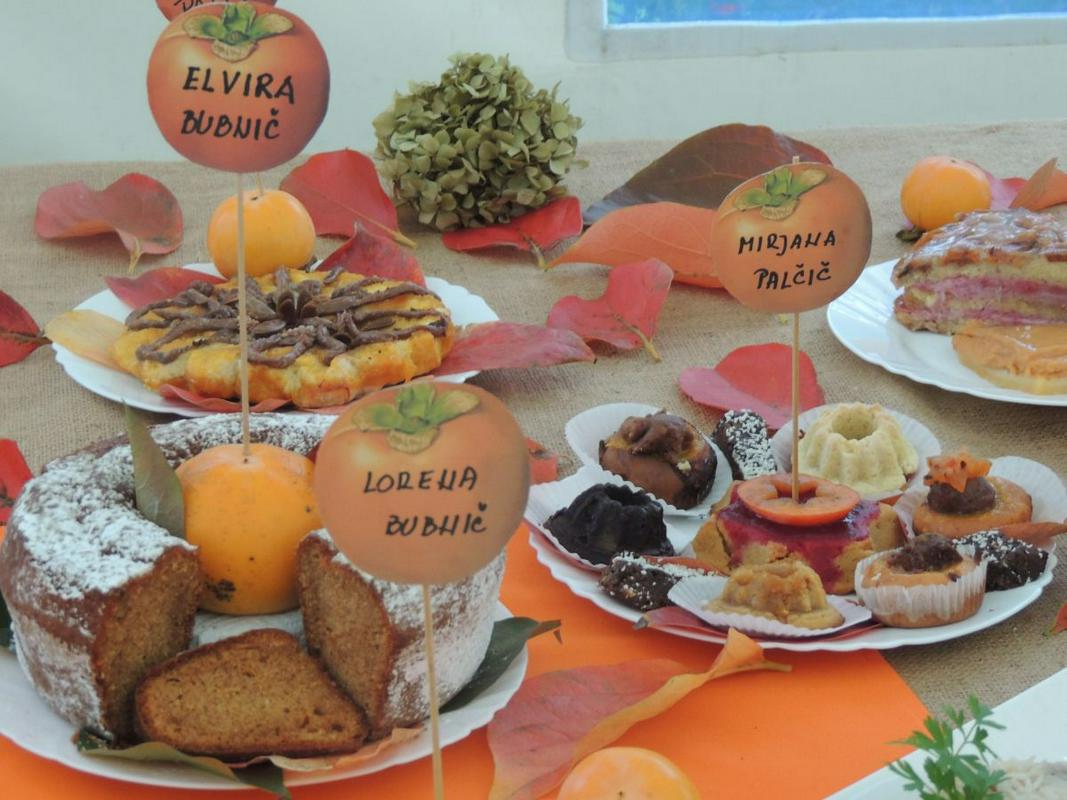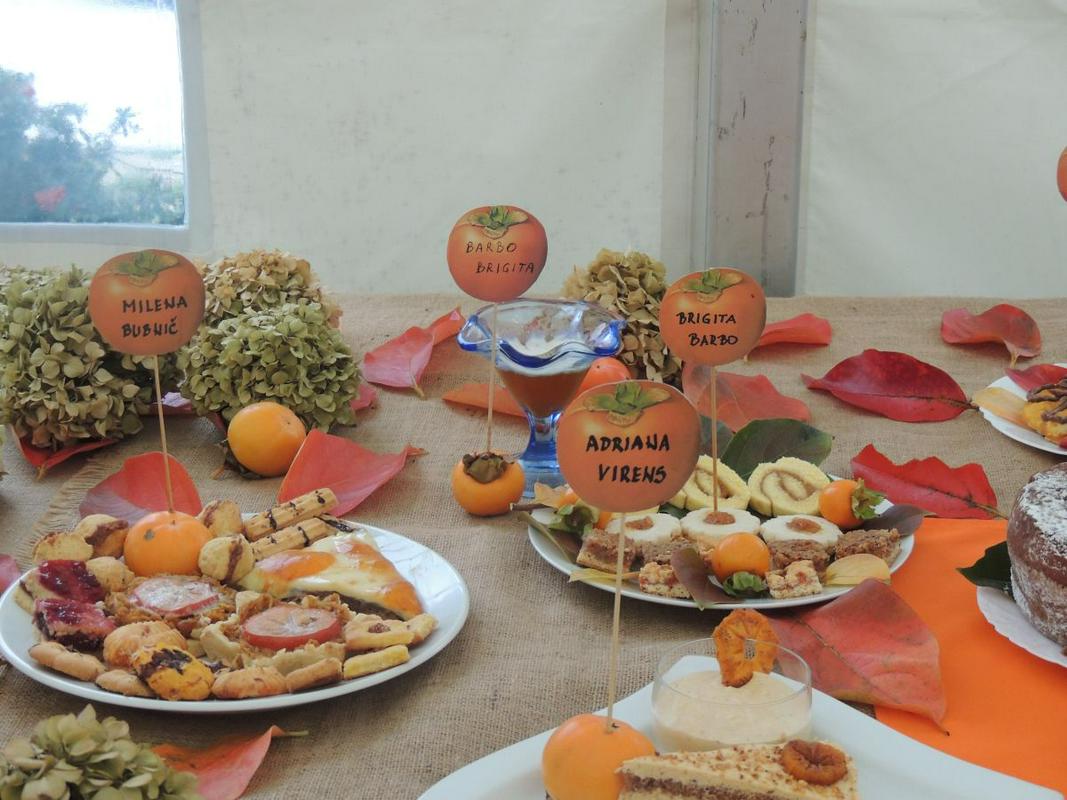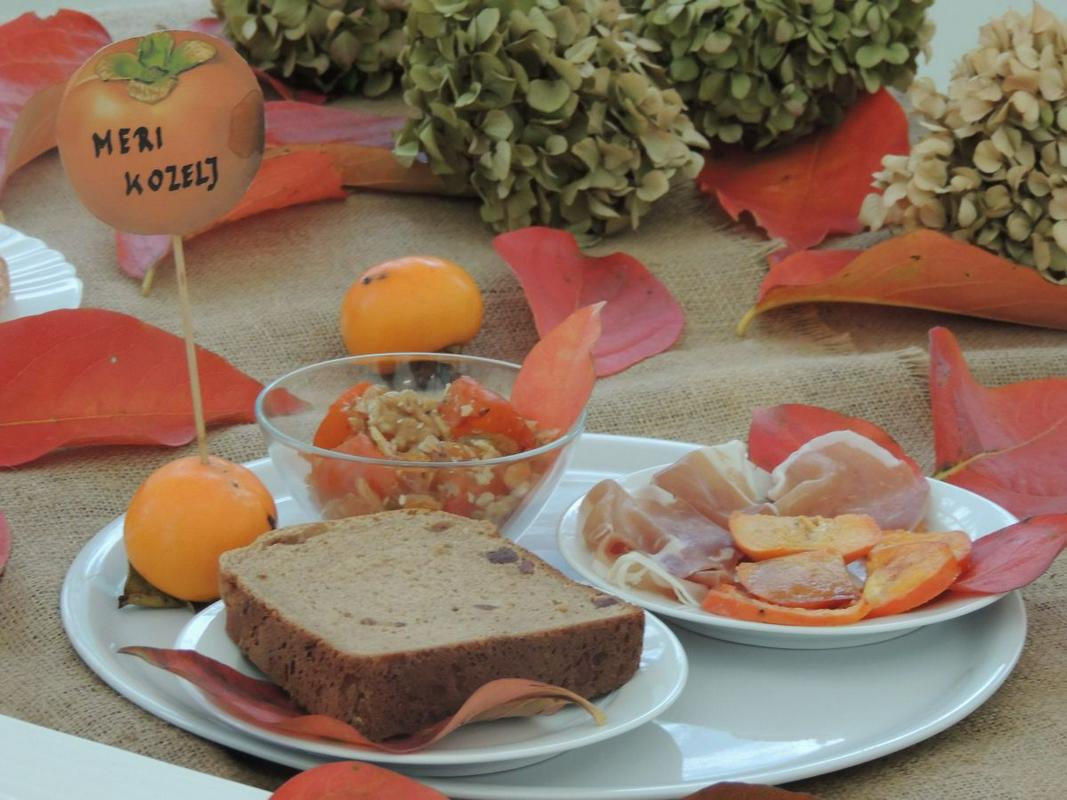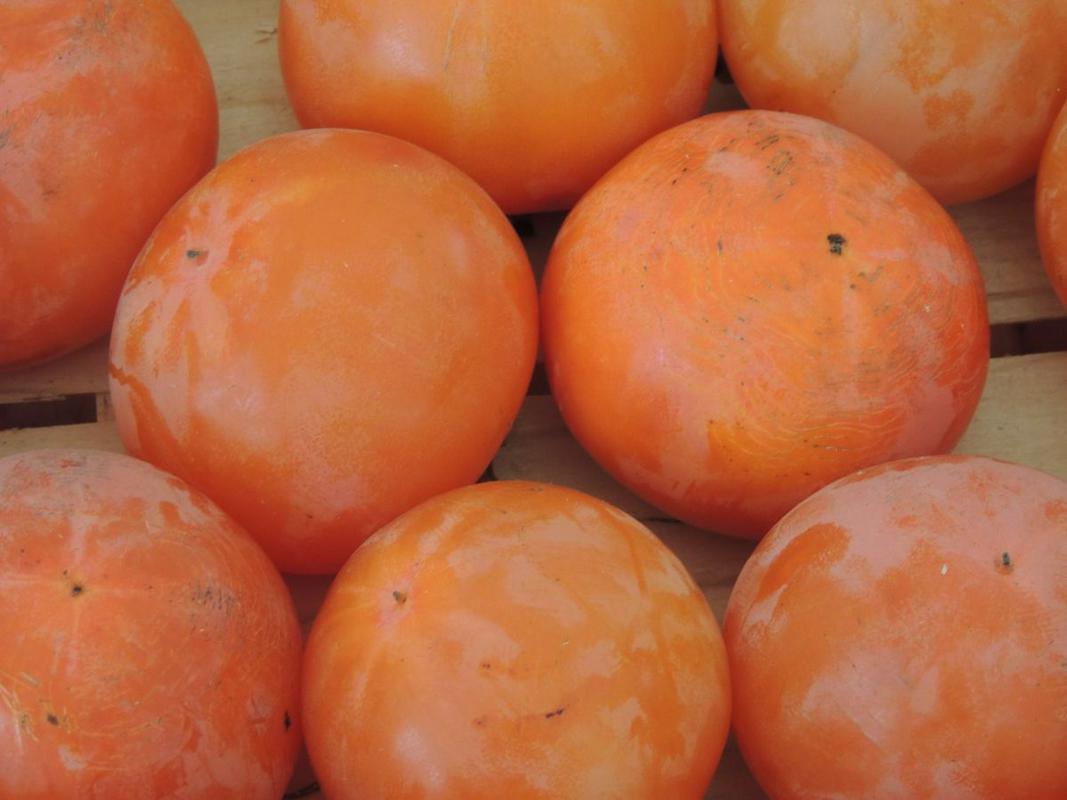

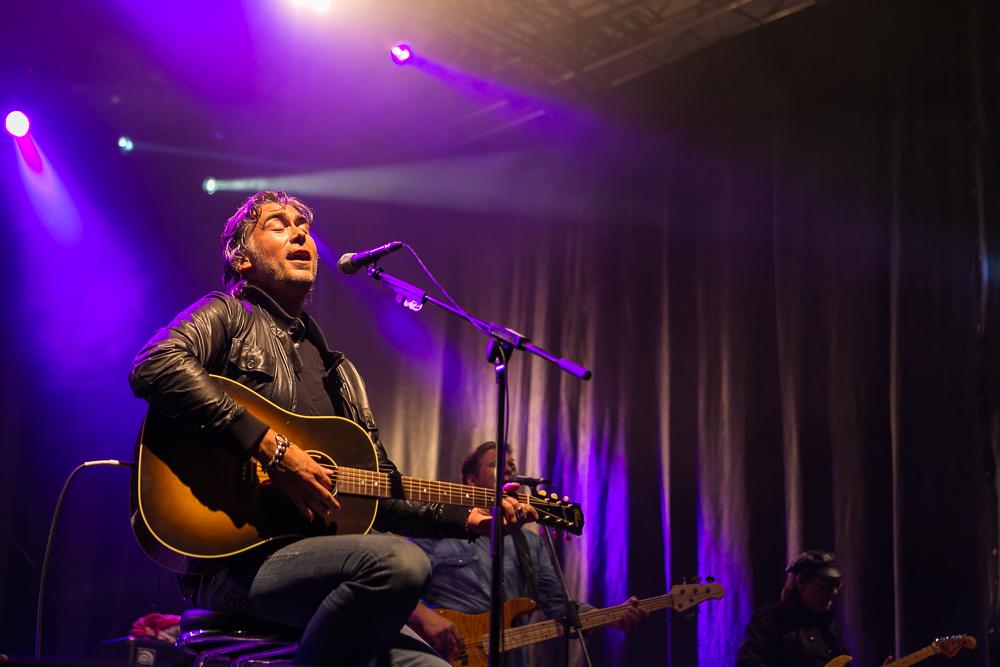
"The kaki grows very well in the Strunjan valley where there are many new plantations. That means that there is also a very big produce. Many Slovenians are still not aware of the fruit, and that is why sellers of kaki often have problems. The festival intends to present the kaki as a healthy, tasty and organically grown fruit, and in that way increase its sale," said Valentina Giassi from the TD Solinar touristic association.
The event, organized by TD Solinar, takes place every year in November when the kaki ripens. The Koper Agricultural advisory service, the Municipality of Piran and locals from Strunjan also took part in the organization.
The idea of organizing such a festival was put forward some years ago by the president of the Solinar tourist association, Gianfranco Giassi and by Silvano Knez, who are both growers of kaki. Mr. Knez's father served in the army in Africa. On his way home, stopping in Sicily, he saw a plantation of kakis and fell in love with it. Upon his return home he decided to plant some kaki trees and that's how the first plantation of kakis came into being in Strunjan. The Knez family later became one of the biggest kaki growers in the region.
With the years the number of kaki plantations increased and Silvano also expanded his father's plantation. Every year there was more fruit, but no demand as people were still not aware of the persimmon fruit. Giassi and Knez then came to the idea to organize an event to promote the fruit and at the same time open a new market niche. They got in touch with representatives from the Agricultural advisory service, with the Regional tourist organization and with the Municipality of Piran, which is now the main sponsor of the event. The festival was first organized in the year 2000 under an army tent. However, the modest event drew much attention and the following year it already grew into a well-visited festival.
New features were added to the festival every year, including an accompanying culture and music program, an open market, exhibitions of different varieties of kaki and home-made delicacies mostly provided by the female part of the touristic association from Strunjan. This year they also organized a guided tour of the Strunjan natural park, a presentation of a saltpans family and different lectures.
There is a growing interest for the festival every year. Kaki sales are also rising. According to Mr. Giassi, during the event locals manage to sell around 50 tons of this popular fruit. Although the kaki has been present in Strunjan for decades, the large-scale production of kakis began in 1990. Today more than 100 tons of kakis are produced in the Strunjan valley every year. That's almost a third of the whole Slovenian production. Giassi says that there is an increase in production not only in Strunjan, but also in the regions of Vipava and Goriška.
"The festival has grown into one of the biggest events in the coastal region and beyond. With that, the main goal and intention of the festival have been achieved. Today there is a high demand for the fruit, which means that sales have increased. The festival has also put our modest but touristically rich Strunjan among the most attractive places on the coast," Mrs. Giassi also said.
Below are photos of the 13th Kaki Festival.




















































